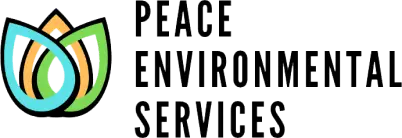Ensure workers properly use respirators, understand protection requirements, and achieve a secure fit to prevent exposure to airborne hazards.
What’s Included
Medical Evaluations
Medical Evaluations by 3rd Party board-certified doctors to ensure training prerequisites are met. And trainees are healthy enough to wear respirators.
Workplace Conditions Assessment
Assess workplace conditions to prepare a customized training ensuring compliance. Identify the right respirator for specific workplace hazards.
Respirator Training
Proper donning, doffing, and usage techniques. Compliance with OSHA, CSA, or local regulatory standards.
Quantitative Fit Testing (QNFT)
Using state-of-the-art equipment to measure the seal of your respirator.
Qualitative Fit Testing (QLFT)
A sensory-based test using solutions to confirm proper fit.
Continued Refresher Training
Yearly refresher training to ensure compliance.

Applicability of Respiratory protection
Respiratory protection training and fit testing are required under OSHA’s Respiratory Protection Standard (29 CFR 1910.134) for workers exposed to airborne contaminants. Employers must provide respirators when engineering controls are insufficient to reduce exposure to hazardous substances like dust, fumes, vapors, or biological agents. Applicability depends on workplace hazards, and employers must develop a written respiratory protection program for employees required to use respirators.
Fit testing ensures that tight-fitting respirators provide a proper seal to protect workers from exposure. OSHA mandates annual fit testing using either qualitative or quantitative methods, along with training on proper use, maintenance, and limitations. Compliance helps prevent respiratory illnesses, ensures worker safety, and reduces liability for employers.
